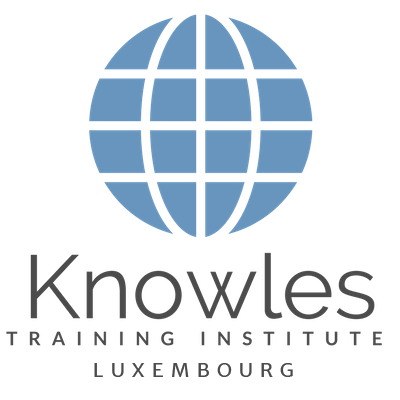Skip to content
LinkingIntern1bksiuevej76kHhK2023-07-18T14:16:36+08:00
Linking
Unlocking the Link: Enhancing Memory and Retention through the Power of Information Connections
- Contextual Significance: Linking information provides contextual significance to individual pieces of knowledge. By establishing connections and relationships, it becomes easier to understand and remember how they relate to each other within a broader context.
- Organizational Techniques: Linking information promotes effective organizational techniques. By categorizing and structuring related ideas, individuals create a mental framework that facilitates the retrieval and retention of information.
- Visual Mapping: Linking information through visual mapping techniques, such as concept maps or diagrams, enhances memory encoding and retrieval. Visual representations help individuals visualize the connections between ideas, making them more memorable.
- Storytelling Methods: Linking information through storytelling methods helps create a coherent and memorable framework for memory. By incorporating information into a narrative structure, individuals can recall details by following the logical flow of the story.
- Analogies and Metaphors: Linking information through analogies and metaphors enhances memory by providing familiar reference points. By relating new information to something already known, individuals create strong mental associations that aid in recall.
- Chunking Strategies: Linking information involves chunking related pieces of knowledge together. By grouping similar concepts or data, individuals can remember larger amounts of information by focusing on the connections between the chunks.
- Spaced Repetition: Linking information can be combined with spaced repetition techniques. By reviewing the linked concepts at regular intervals, memory retention is enhanced through the spacing effect.
- Mnemonic Devices: Linking information can be incorporated into mnemonic devices, such as acronyms or visualization techniques. These memory aids create memorable links between information and cues, facilitating recall and retention.
- Personalization Approach: Linking information can be personalized to individual experiences or interests. By relating new information to personal experiences or passions, individuals form stronger connections and emotional attachments, leading to improved memory recall.
- Association Building: Linking information involves the process of association building. By connecting related concepts or ideas, individuals create a network of interconnected knowledge that enhances memory recall and retention.
Page load link

